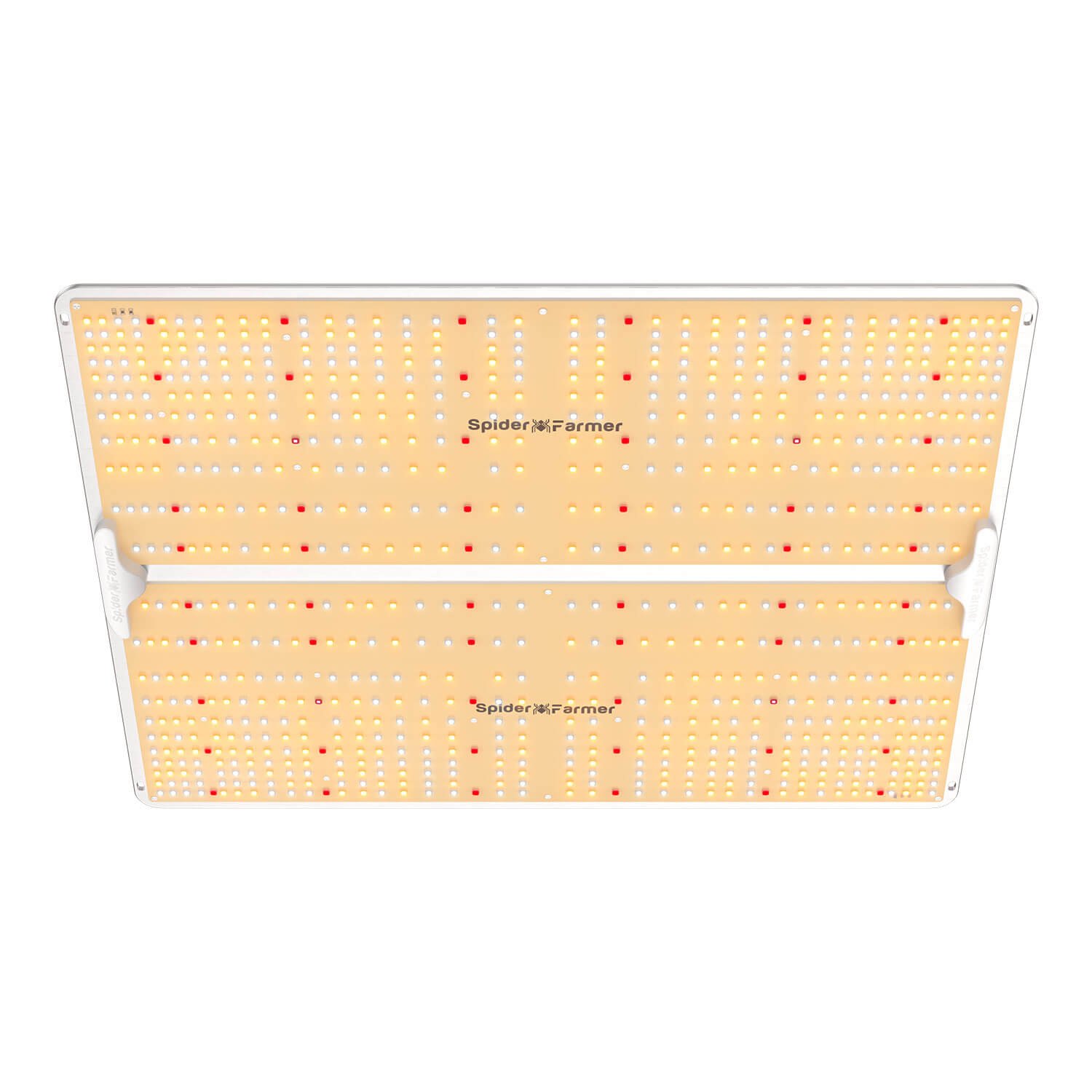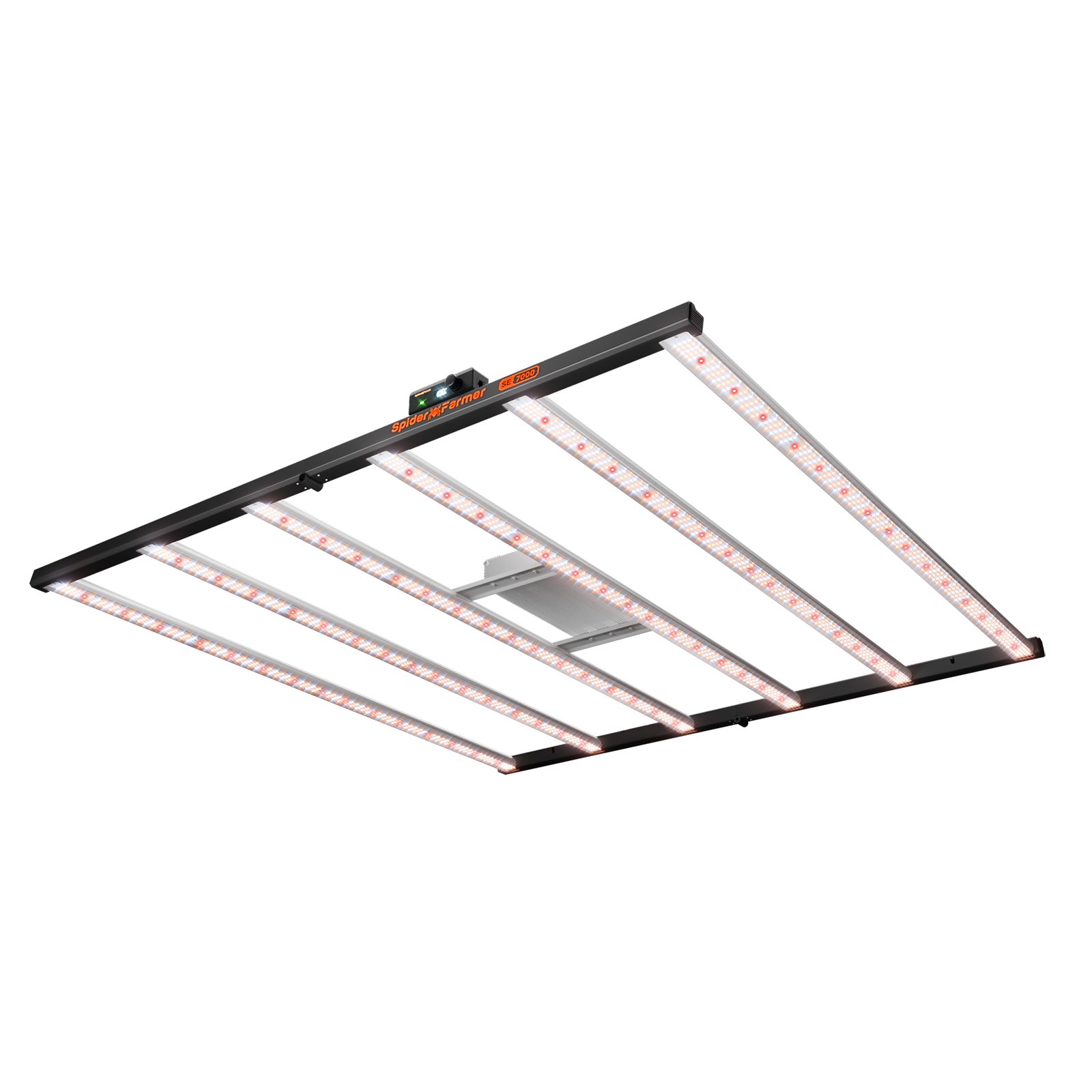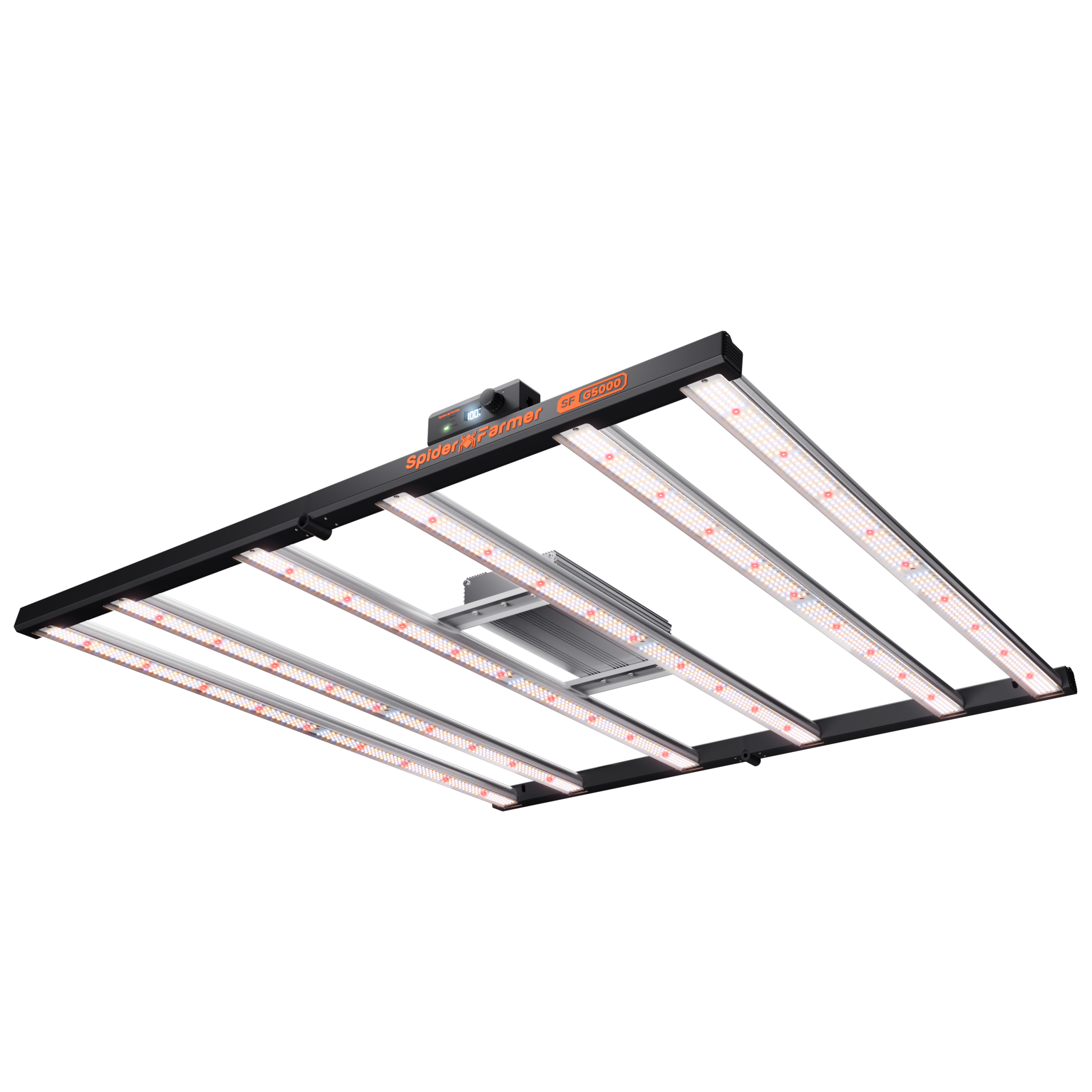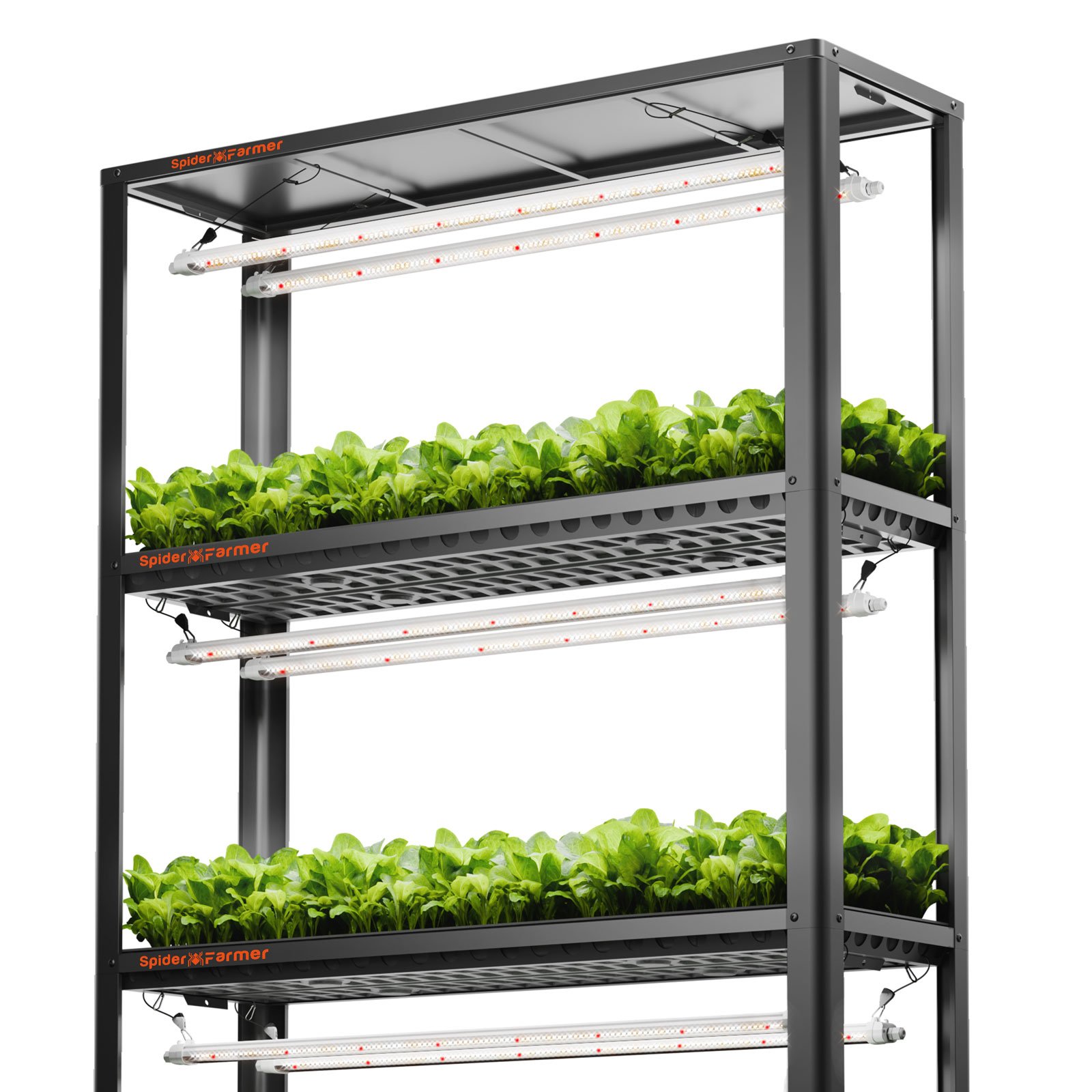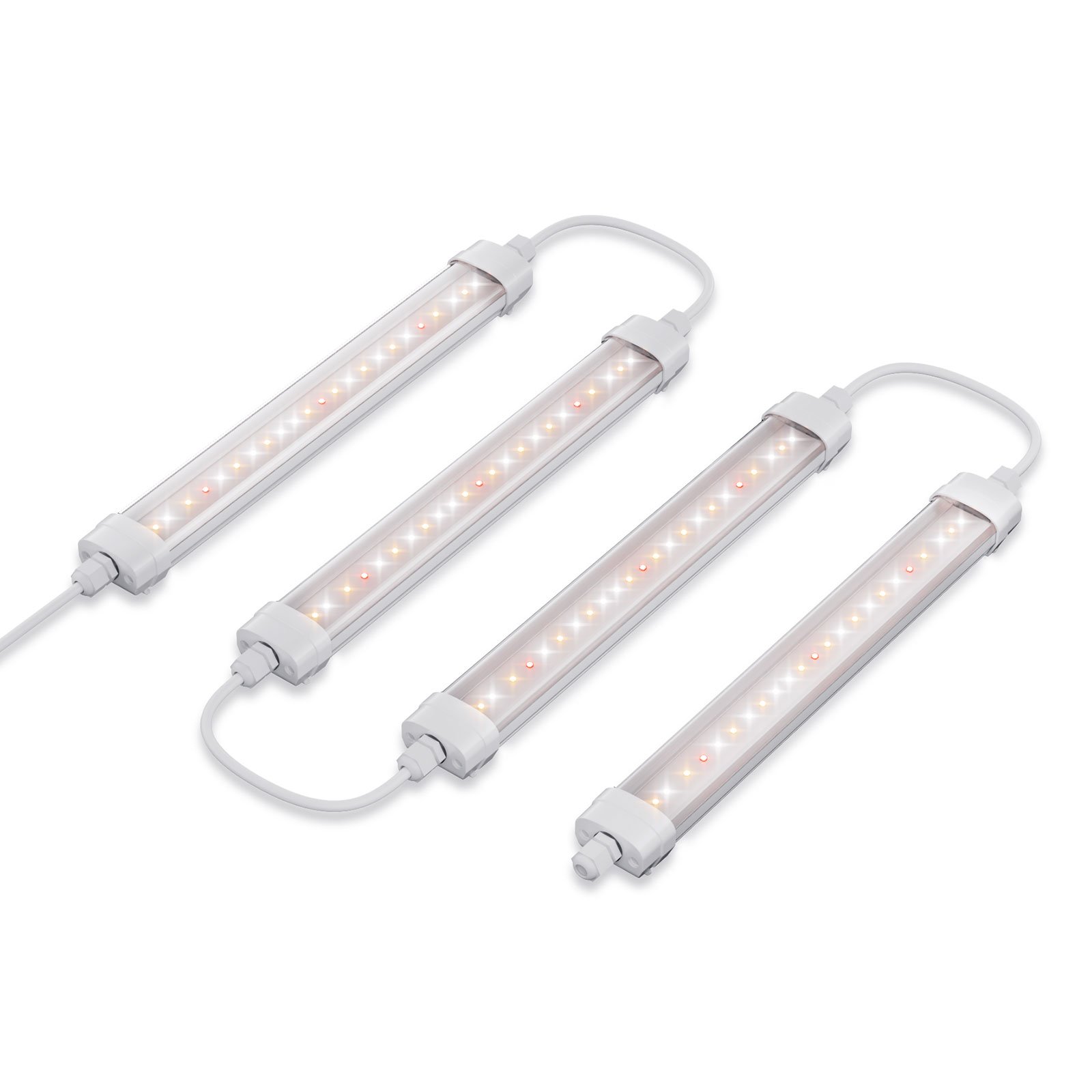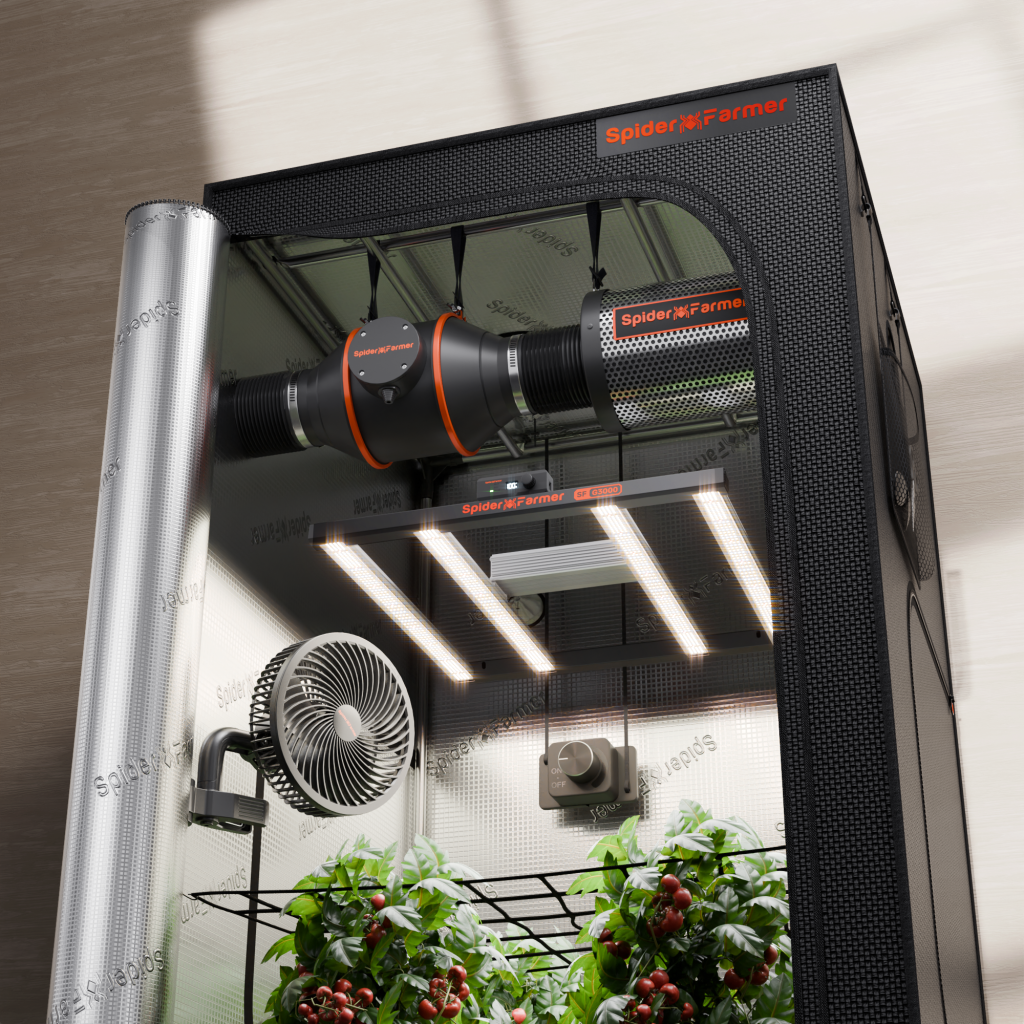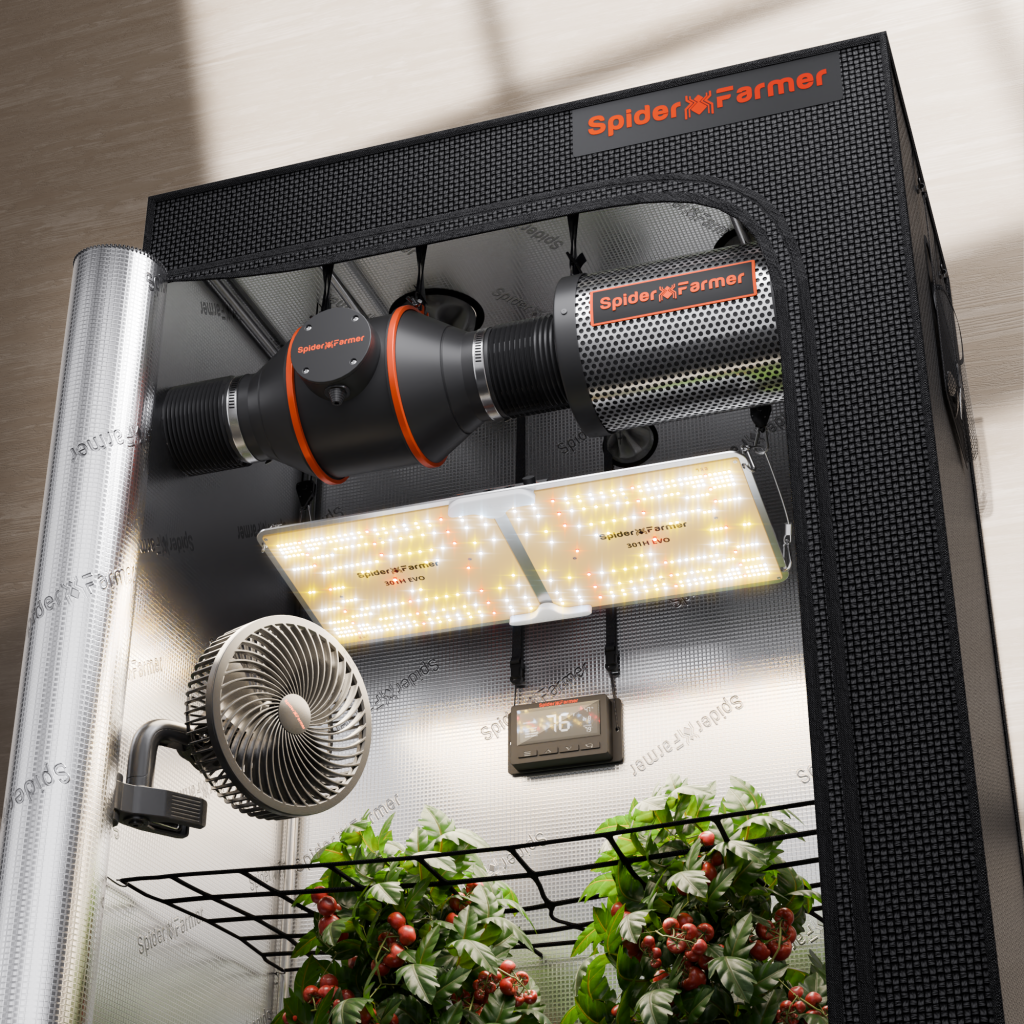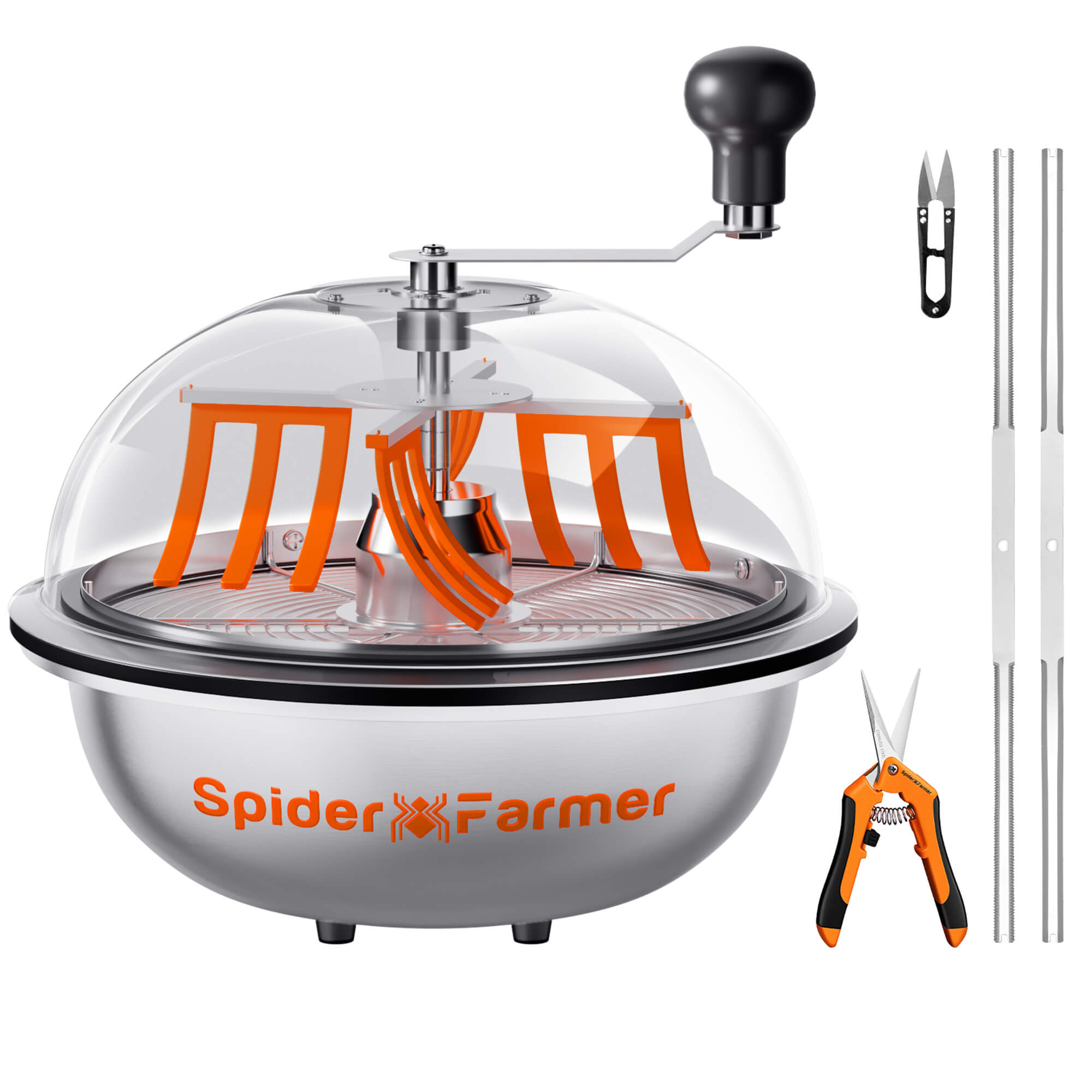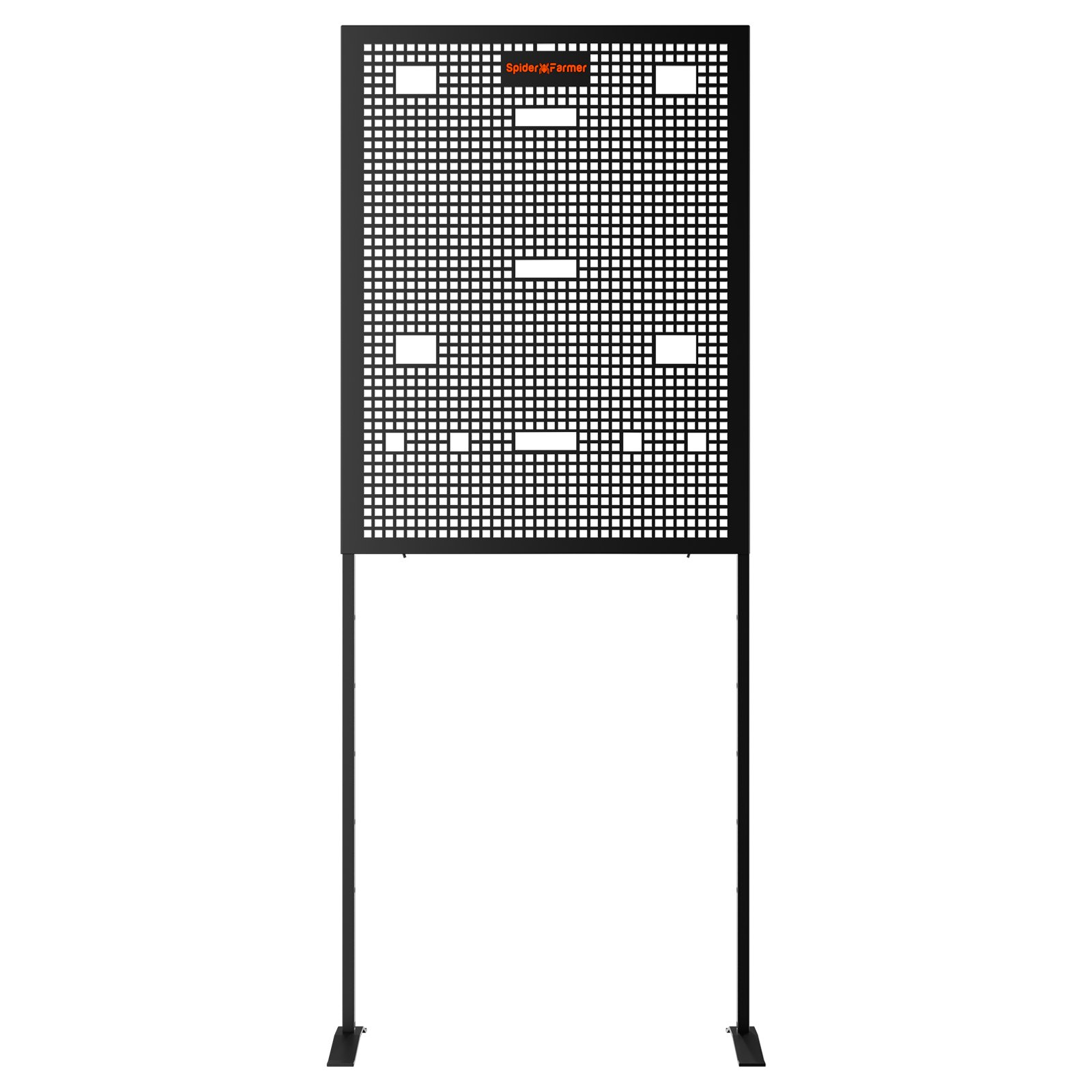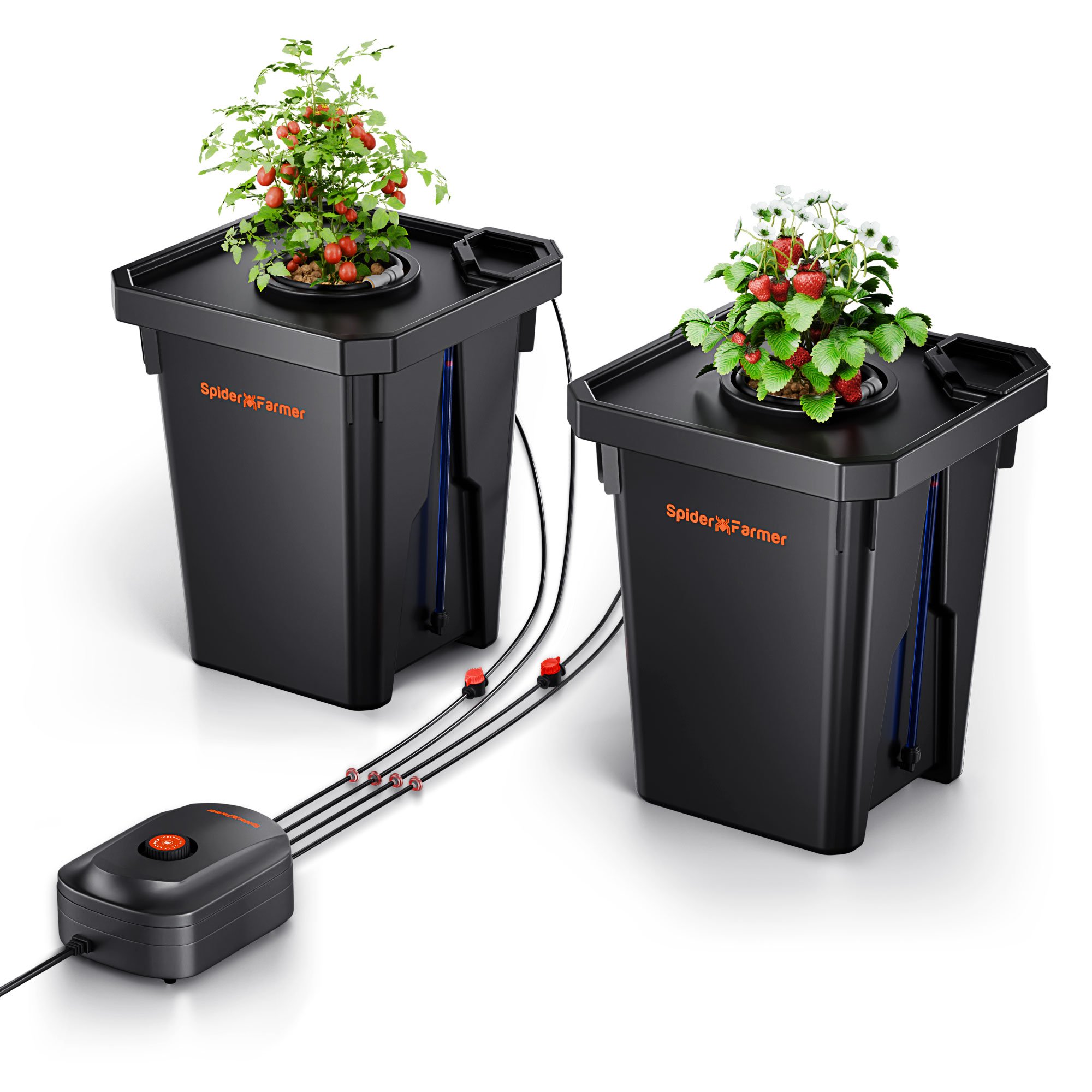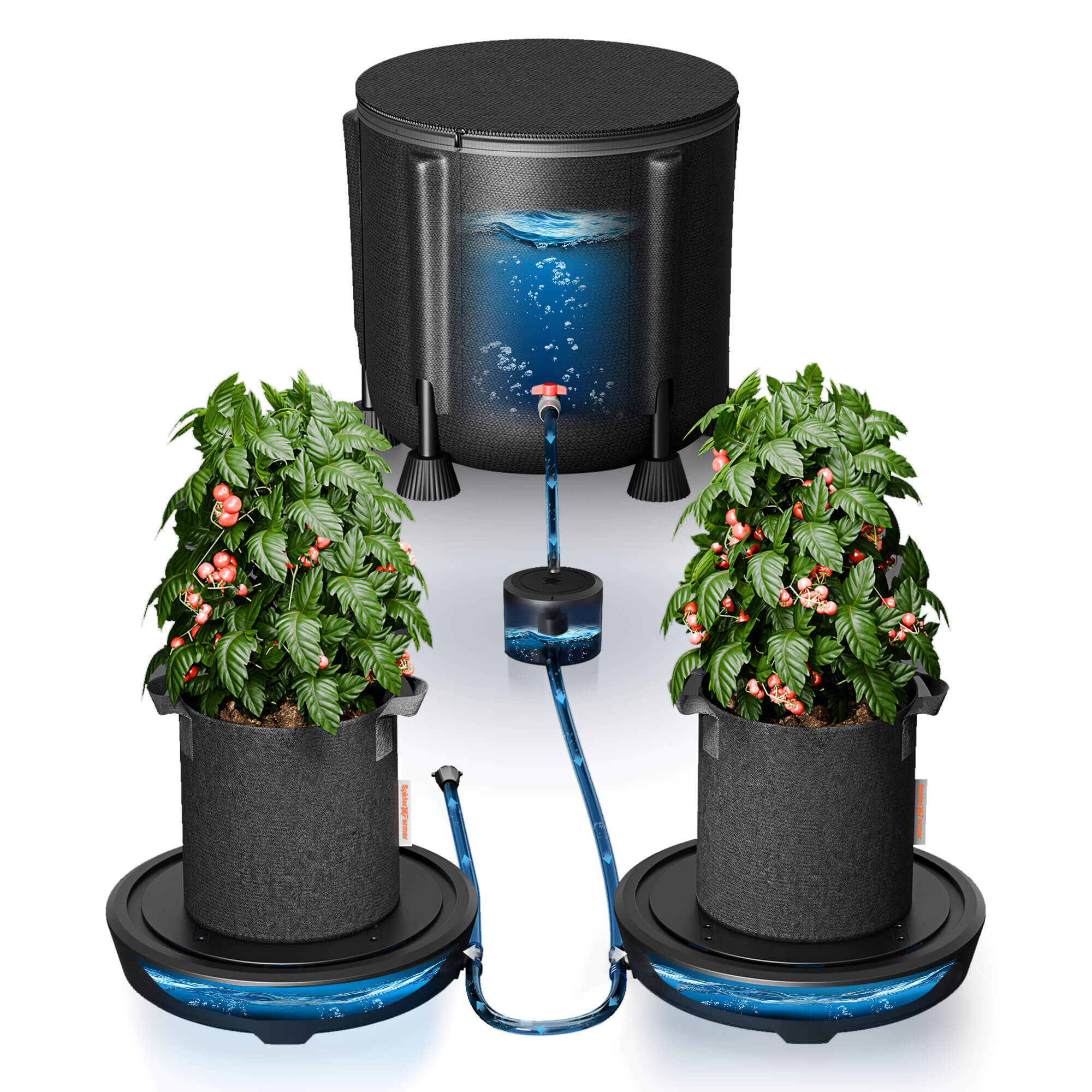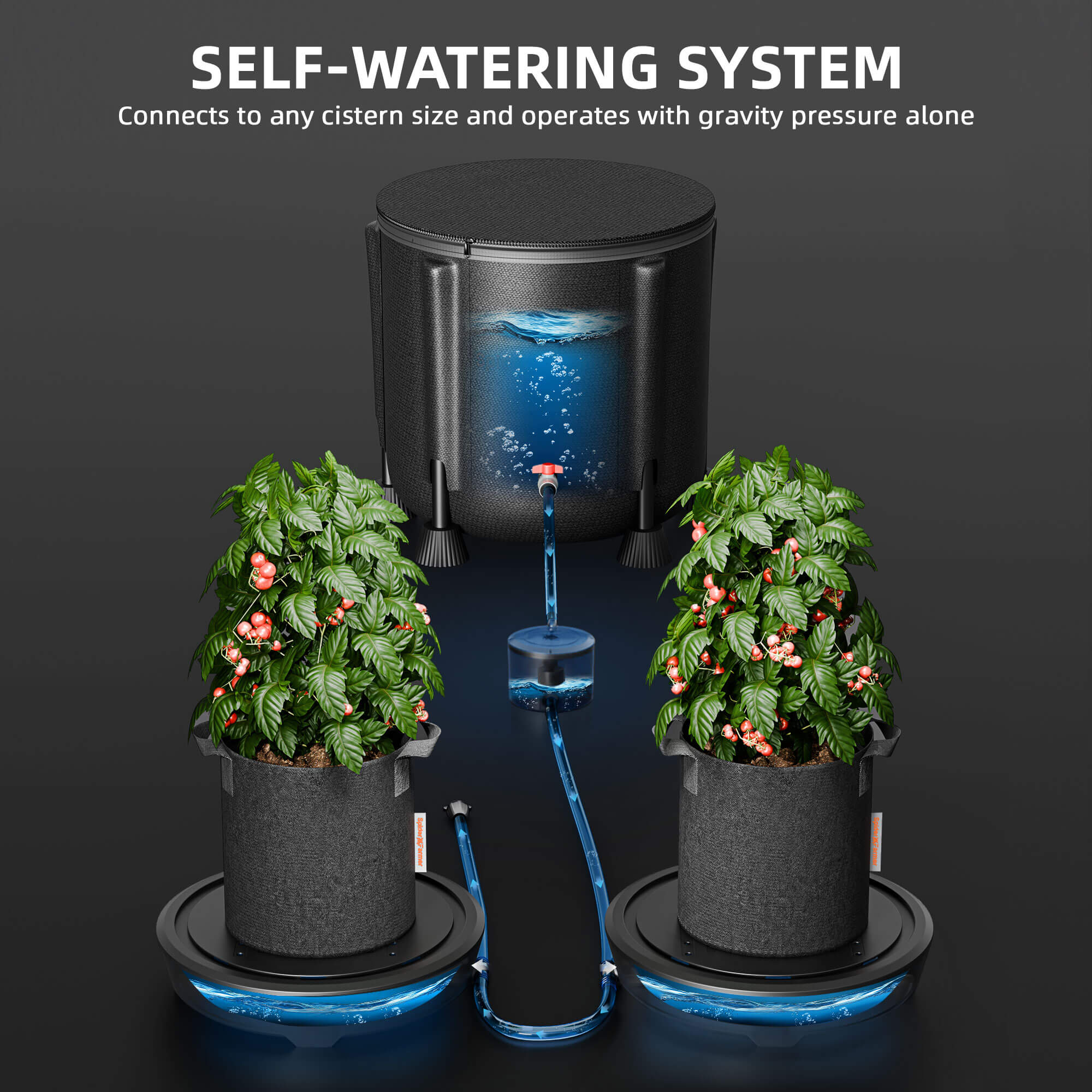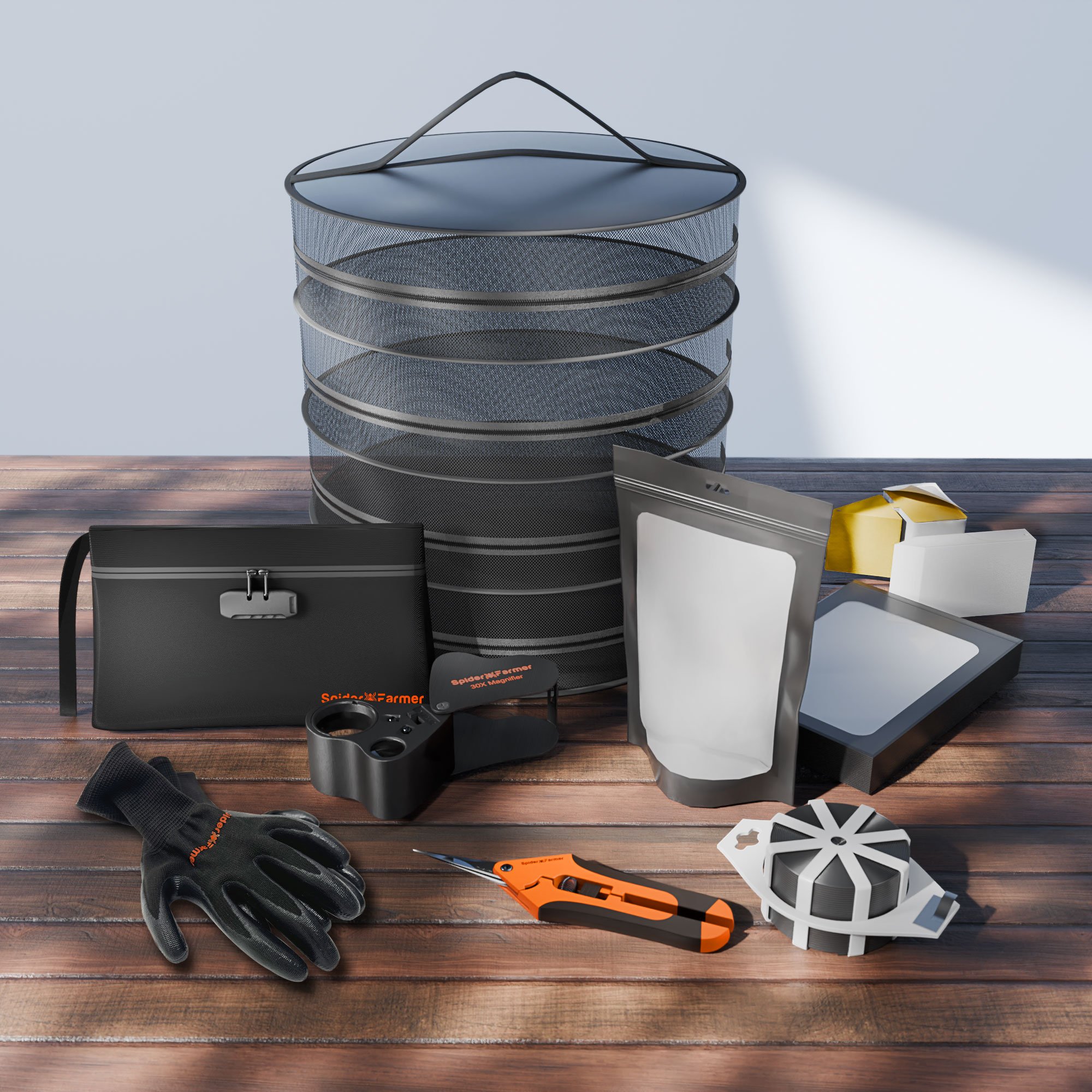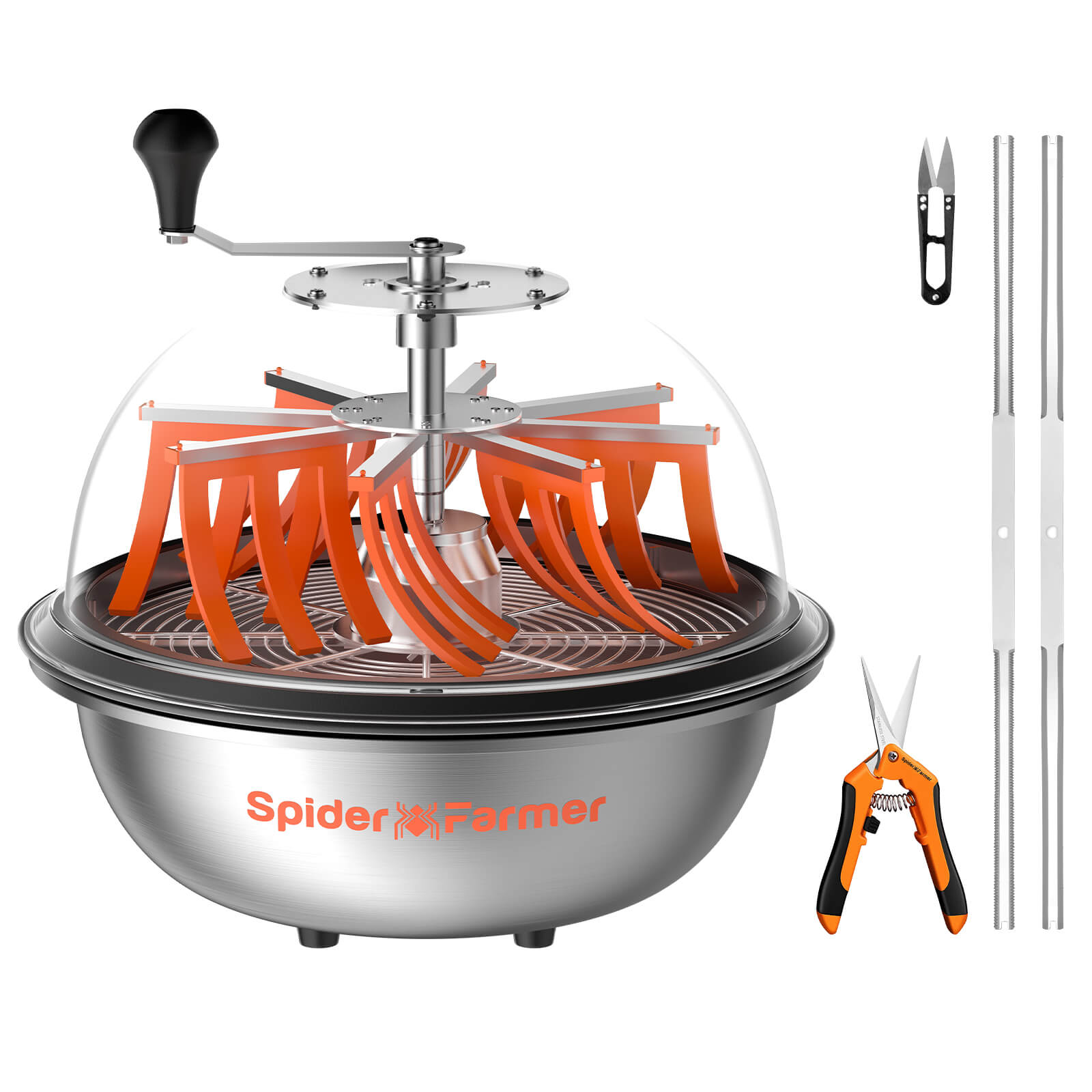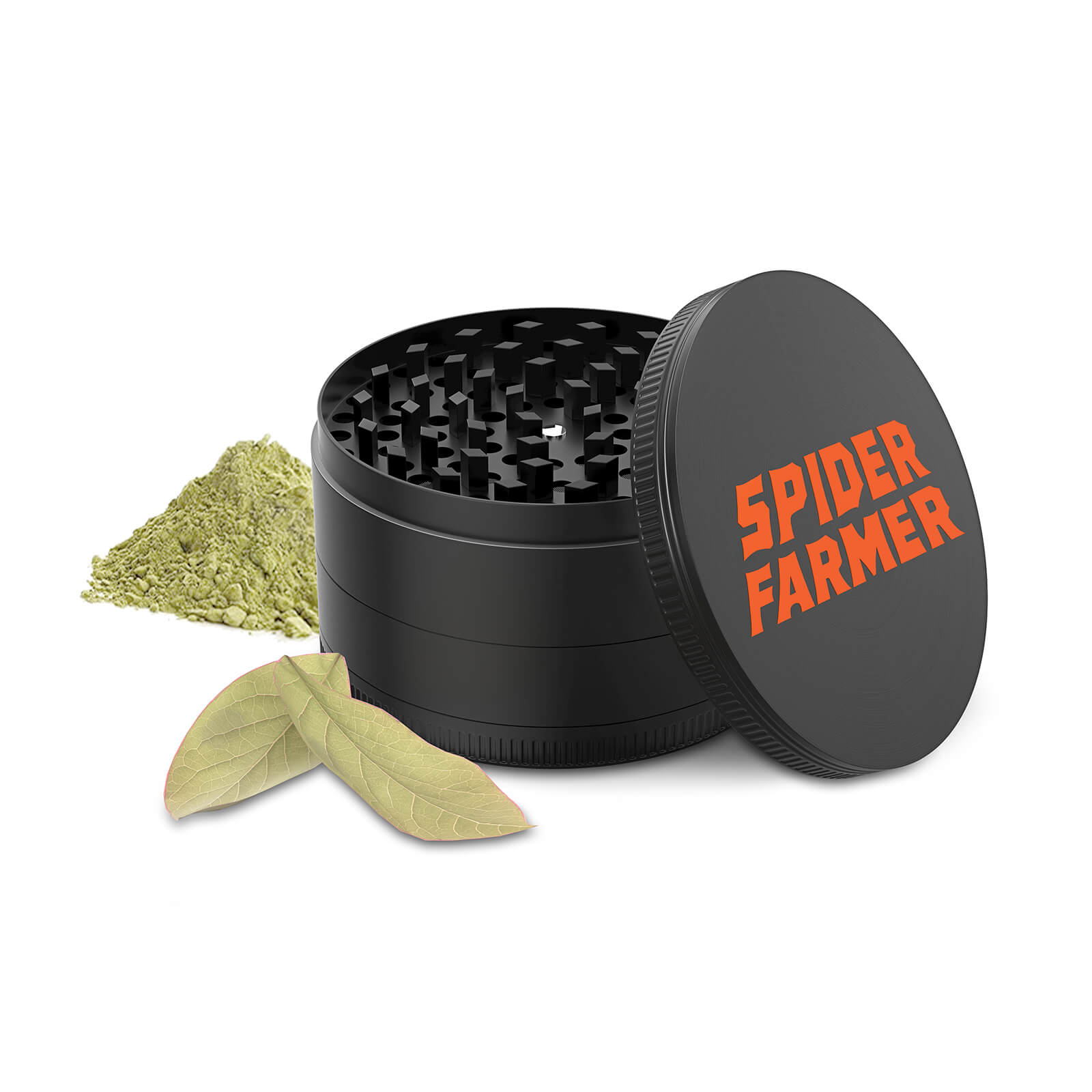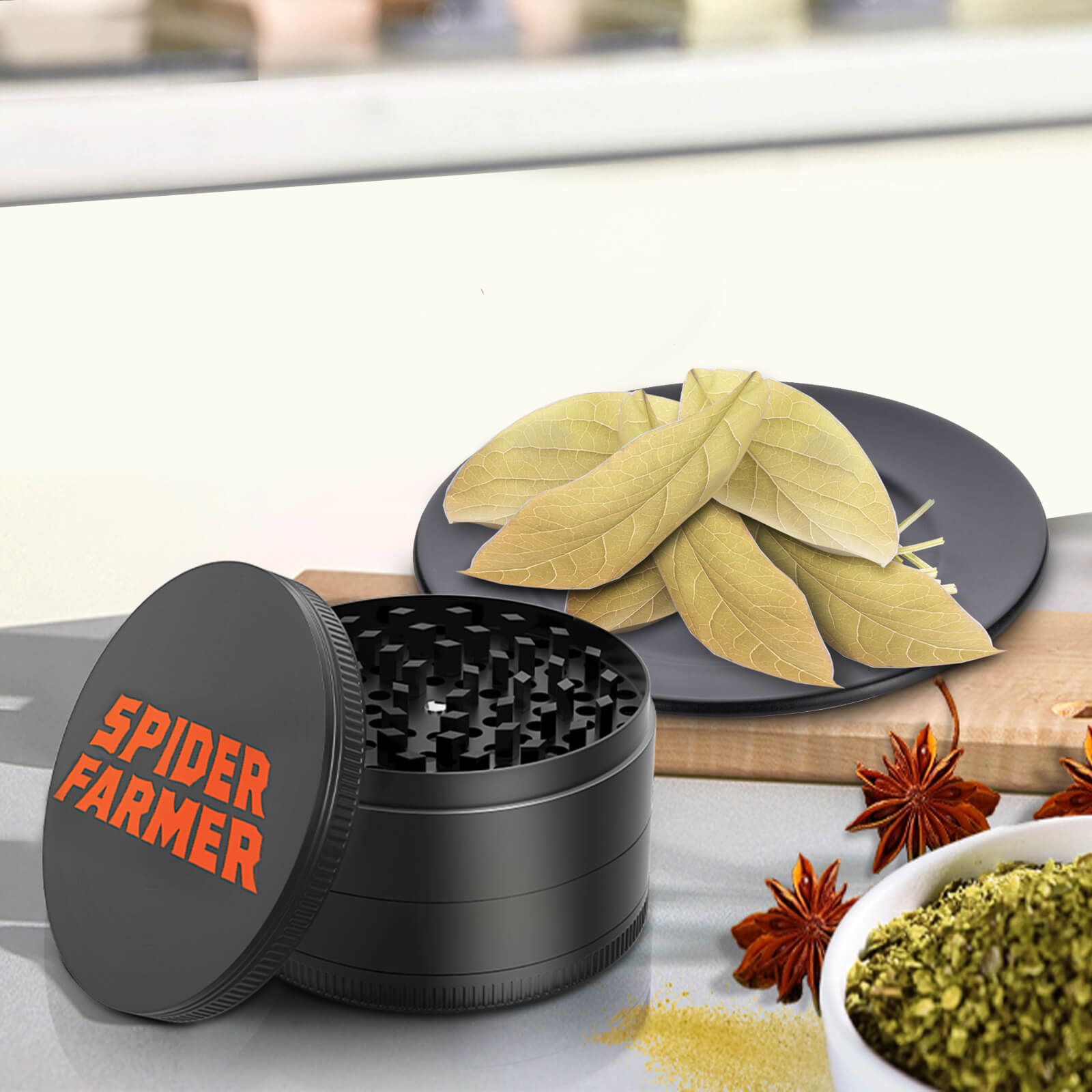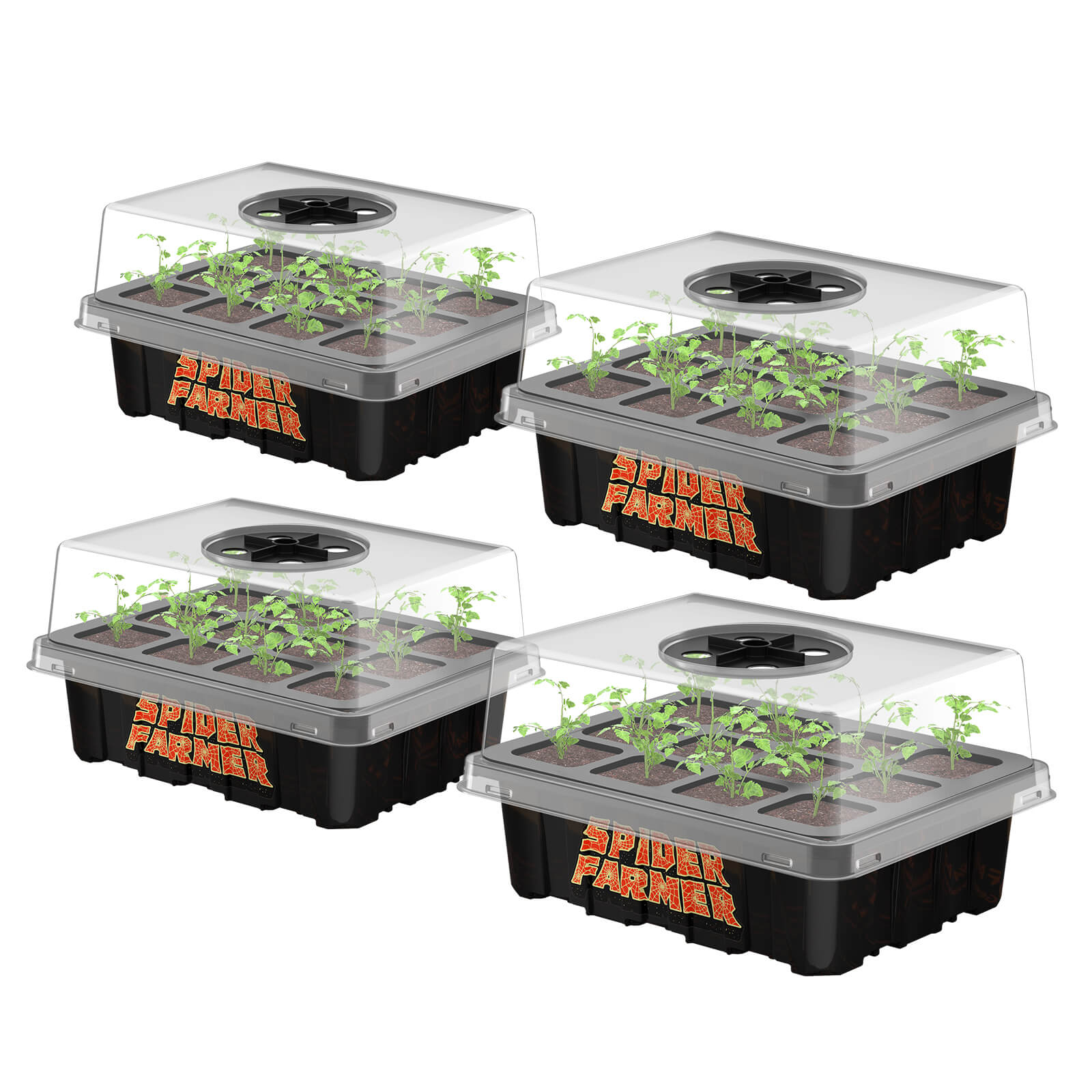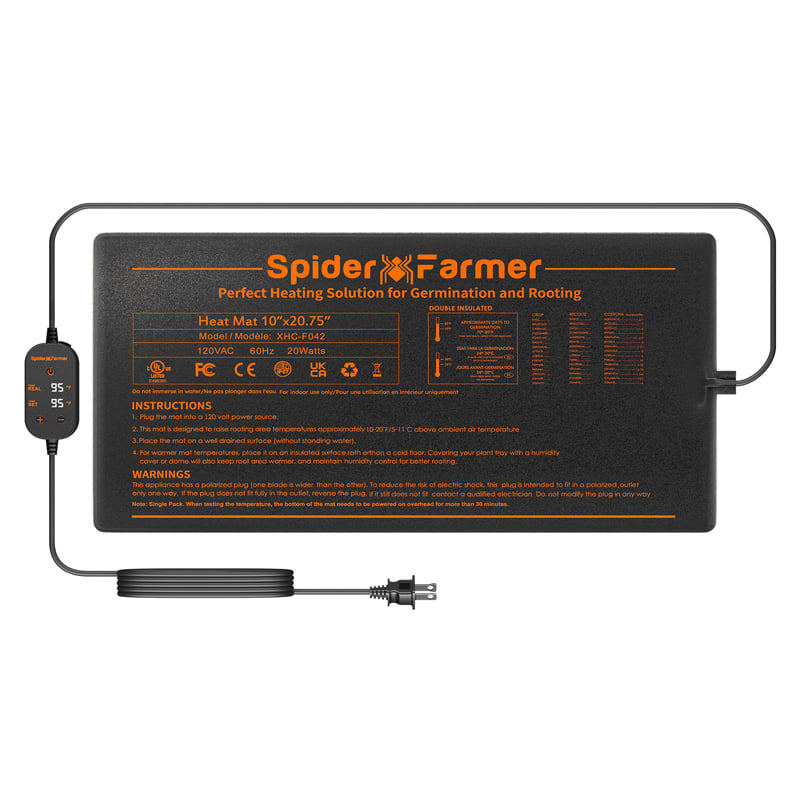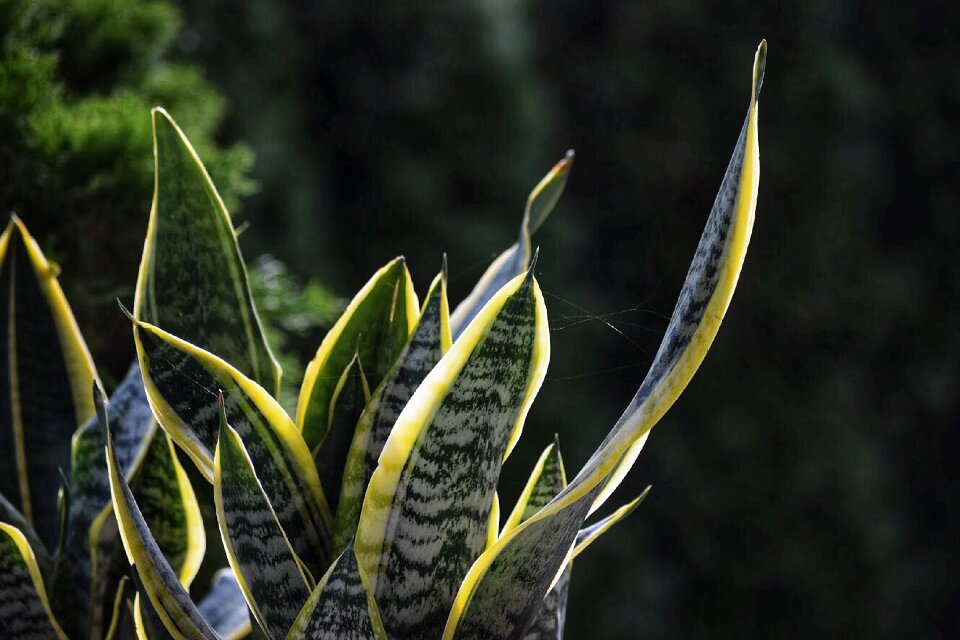Snake plants (Sansevieria) are known for their hardiness, sleek, and upright leaves, which help them gain names such as Saint George's sword and mother-in-law's tongue. However, snake plants can start falling over or drooping while growing. What’s happening and how to revive a droopy snake plant? You can find all the answers in our blog.
Why Is My Snake Plant Drooping?
Snake plants originate from West Africa, where consistent rainfalls are less common, so first things first, snake plants don’t appreciate much watering. Secondly, due to its drought-tolerant nature, the soil for snake plants has to be well-draining. Third, there’s a misconception about lighting for snake plants that they do not need sunlight. Based on these factors, we can identify the cause of the snake plant leaves drooping.
Overwatering
Overwatering is perhaps the most common reason for snake plant drooping. This type of indoor succulent stores water in its thick leaves and loves to go through a period of drought. Too much moisture in the soil can only do the contrary and lead to root rot. If you smell a foul, musty, or decaying odor from the root, that’s it.
How often to water a snake plant? Snake plants (Sansevieria) are low-maintenance and thrive in dry conditions, so it's best to water them every 2 to 6 weeks, depending on the season and humidity levels. During the growing season (spring and summer), water more frequently, allowing the soil to dry out completely between waterings. In fall and winter, reduce watering to every 4 to 6 weeks, as the plant enters a dormant phase and requires less moisture. Always ensure that excess water can drain away to prevent root rot.
Wrong Pot Size
Size matters, particularly for snake plants 4 inches tall and above. If your snake plant is in a pot that’s too small, its roots can become cramped and tangled. When the roots don’t have enough space to expand, the plant may struggle to absorb water and nutrients, leading to yellowing leaves. This is a common sign that your snake plant has outgrown its pot and needs more space to thrive.
To fix this, simply repot the snake plant in a container that’s 1-2 inches larger in diameter than the current one, ensuring the roots have room to grow and stay healthy.
Poor Lighting
Although snake plants are low-light plants, it doesn’t mean they don’t need light at all. In low light conditions, snake plants tend to grow taller, and the leaves may become elongated and bend towards the light source. This is the plant's way of reaching for more light, showing a phototropic behavior.
Poor-Draining Soil
Snake plants are highly susceptible to overwatering, and poor-draining soil is one of the main contributors to this problem. When soil retains too much water and doesn't allow excess moisture to escape, it creates a soggy environment that can quickly lead to root rot. In well-draining soil, water flows freely through the pot and away from the roots.
However, if the soil is too dense or compacted, such as heavy garden soil or mixes with too much peat, it holds onto moisture, suffocating the roots and depriving them of oxygen.
Fungal Infection
Fungal infections in snake plants are often triggered by consistently moist soil combined with inadequate air circulation. These fungi can attack the plant's roots or thrive on the surface of the soil, causing snake plant leaves to turn yellow, mold, and develop a musty smell.
How to Revive Snake Plant?
We know it’s urgent; fortunately, there’s still a chance to save a droopy snake plant before it’s too late. Depending on your diagnosis, we offer different solutions for droopy snake plants.
When the snake plant is overwatered
The aim is to dry out the soil. Move your droopy snake plants to a place where they can receive brighter sunlight. Hopefully, the light can help dry the mud a little and recover your plants.
When the snake plant is root-bound
When you see the snake plant’s roots have outgrown the drainage holes, it’s high time to repot the plant. It needs a larger space for sure. After repotting the plant, its roots can breathe easily, and perhaps the leaves can restore the beauty.
When the soil has fungus
Fungal growth can sometimes be managed by surface-level treatments. For example, easy remedies like sprinkling cinnamon, a natural antifungal, on the soil surface can help inhibit fungal spores. Alternatively, using a commercial antifungal powder from a garden store can offer a more targeted solution. However, if the infection is severe or persistent, repotting with fresh, sterile soil is often the most effective long-term fix to rescue your plant.
When the snake plant lacks sunlight
Give your snake plants 4-6 hours of bright, indirect light every day. To create an ideal lighting source, you can either DIY or purchase a plant stand and place it near the window. Put your snake plants on the shelf to receive filtered sunlight.
Final Thoughts
A droopy snake plant can usually be revived with the right care. Whether it's due to overwatering, lack of light, or a bad soil conditions, identifying the cause for drooping snake plant is always the first step. With our tips to revive a droopy snake plant, your snake plant’s upright leaves will return to their proud, healthy posture.


